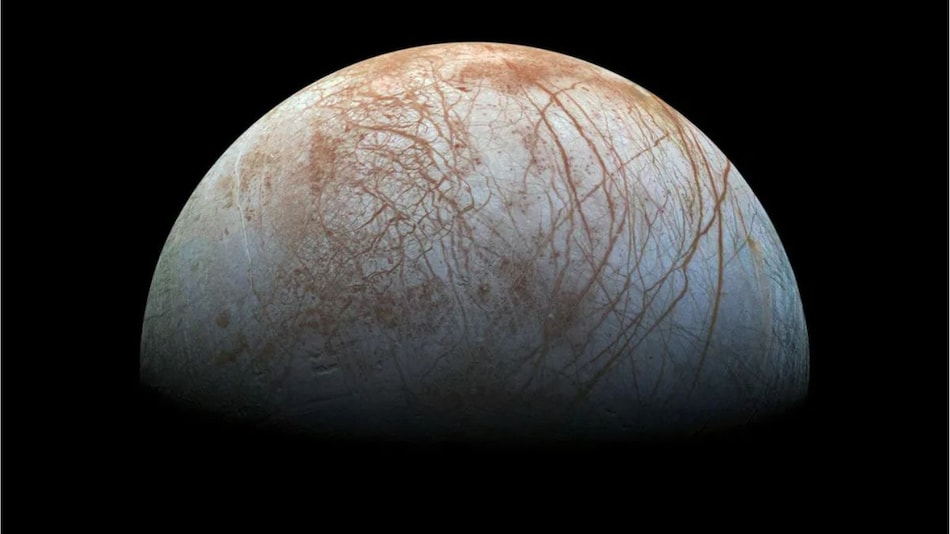Researchers at TU Dresden have developed a laser-powered ice drill capable of boring narrow, deep holes on icy moons like Europa and Enceladus.

TU Dresden team develops laser ice drill for Europa, Enceladus—light, efficient tool
Click Here to Add Gadgets360 As A Trusted Source

Heavy, power-hungry drills pose a challenge in studying the long-sought hidden oceans beneath Jupiter’s Europa and Saturn’s Enceladus. Scientists from Technische Universität Dresden (TU Dresden) in Germany are proposing an ice drill using lasers to overcome this hurdle. With the minimal mass and energy involved, this device is able to bore deep, narrow channels in the ice, opening up new avenues for sub-surface exploration on distant, icy worlds.
Laser Drill Design
According to the paper published in the journal Acta Astronautica, the drill uses a powerful laser to directly sublimate (vaporise) the ice as the core technology. By keeping all equipment on the surface, this method avoids the heavy drill rods and long power cables required by traditional mechanical or melting drill rigs. Instead, the laser creates a narrow bore by vaporising a tiny section of ice at a time, with the resulting gas escaping upward through the hole to be collected and analysed for composition. Lead author Martin Koßagk of TU Dresden notes the system “enables deep, narrow and energy-efficient access to ice without increasing instrument mass”.
Implications for Future Missions
The laser drill also has practical advantages: it vaporises only a tiny section at a time, using far less total power than a heating probe. In tests, the beam cuts through dusty ice faster than melting drills, allowing it to bore deeper without extra energy. Koßagk says this approach “makes subsurface exploration of icy moons more realistic,” enabling detailed studies of Europa, Enceladus and even Mars. In laboratory and field trials-e.g., in the Alps and Arctic-the prototype penetrated over a meter of ice, a promising first step toward future space missions.








